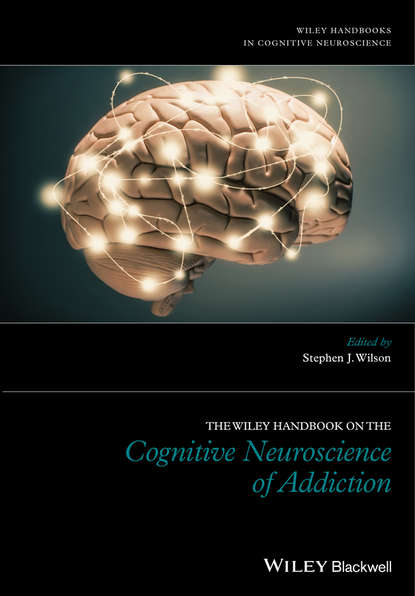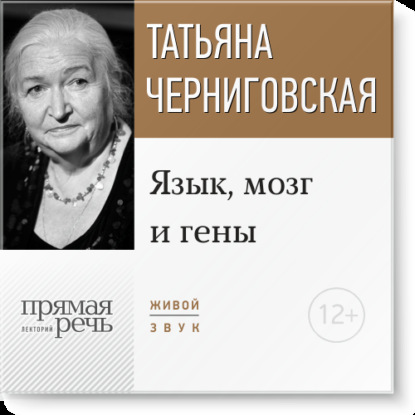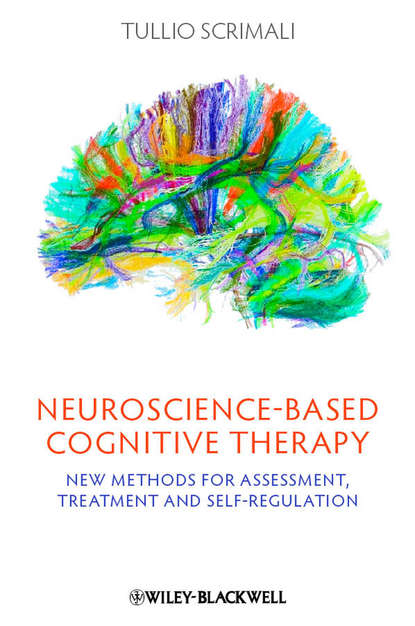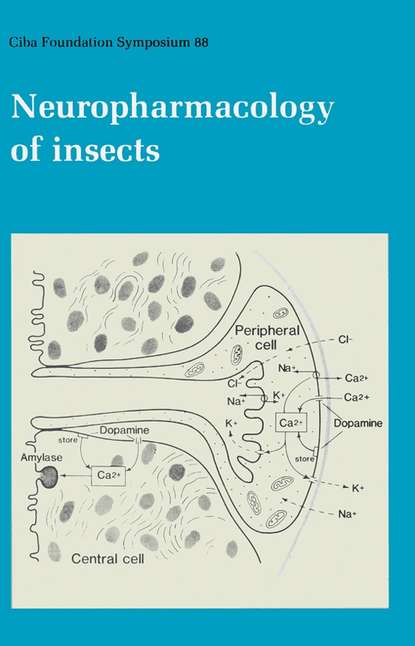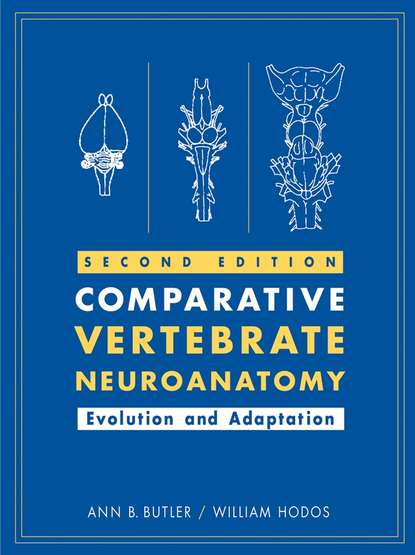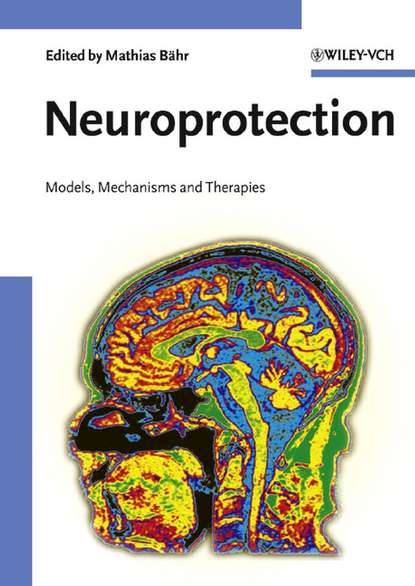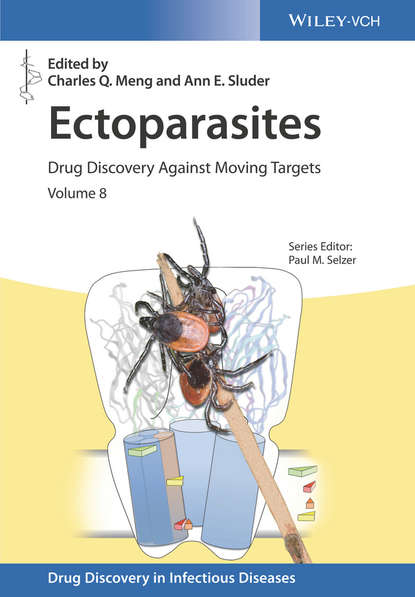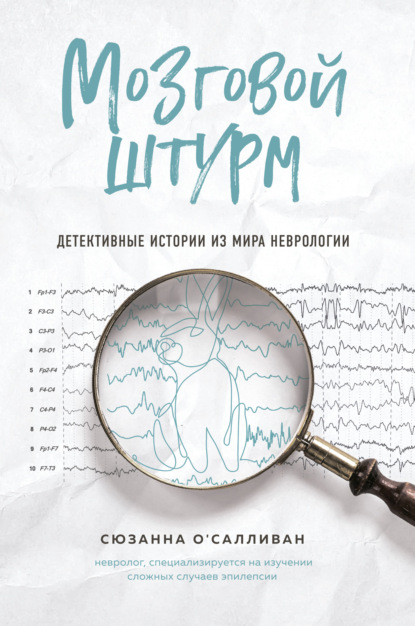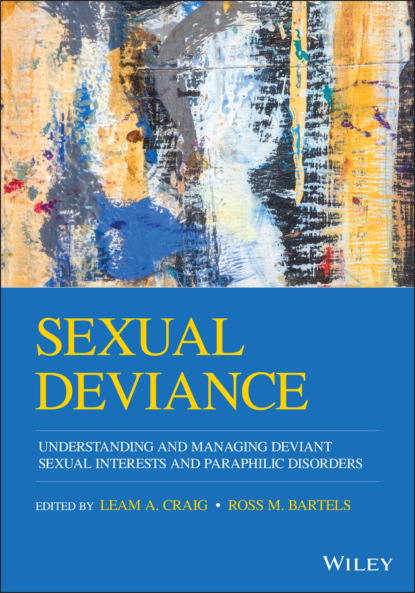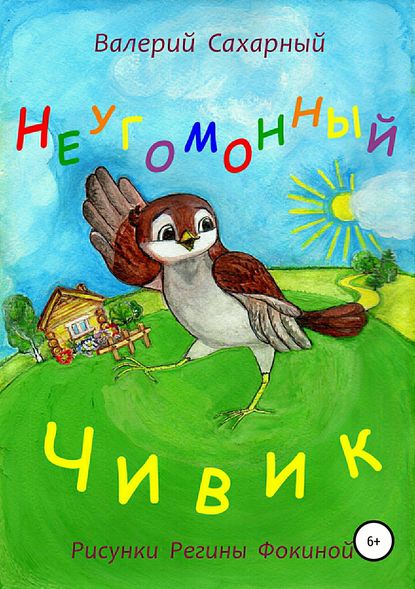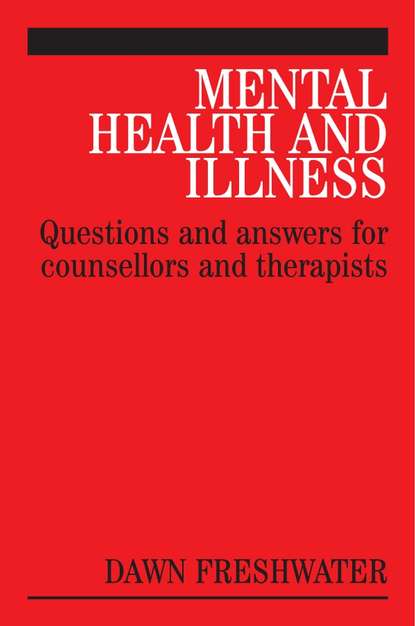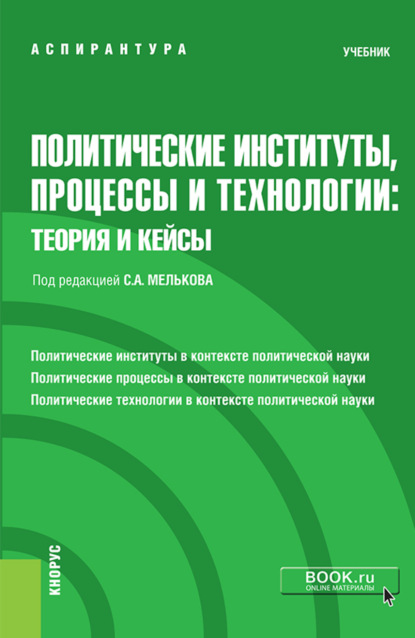Этот том представляет собой всесторонний и современный синтез обширной и чрезвычайно влиятельной литературы последних 30 лет, объединяя вклады ведущих специалистов в этой области с акцентом на наиболее часто исследуемые наркотические вещества. Основное внимание уделяется наиболее распространенным наркотикам, таким как алког
This volume provides a comprehensive update on the literature on addiction from the past 30-years, evaluating the contributions of the most influential experts and focusing on common addictive substances, such as alcohol, cocaine and nicotine. This handbook is structured into several key sections regarding each substance's effects on the brain, cognitive behaviour, psychological mechanisms, neurotransmitters, and practical implications for treatment using advances in cognitive neuroscience including real-world neurofeedback technologies. Just as importantly, this handbook also explores topics regarding ethical considerations for researchers working with humans.
Обширный справочник по когнитивной нейробиологии зависимости, написанный группой авторов Wiley, обеспечивает всеобъемлющий и современный синтез обширной, высоко влиятельной литературы за последние 30 лет, собирая вместе работы ведущих специалистов в этой области. Вэтом ОТЧЁТЕ Вам предложат новаторское освещение последних методов использования когнитивной нейронауки для лечения зависимости, включая методы нейрообратного воздействия в реальном времени и стимуляцию головного мозга, а также новый материал по появляющимся темам и будущим направлениям в использовании когнитивной нейронауке для развития наркологической науки.
Электронная Книга «The Wiley Handbook on the Cognitive Neuroscience of Addiction - Группа авторов» написана автором Группа авторов в году.
Минимальный возраст читателя: 0
Язык: Английский
ISBN: 9781118472439
Описание книги от Группа авторов
This volume provides a thorough and up-to-date synthesis of the expansive and highly influential literature from the last 30 years by bringing together contributions from leading authorities in the field, with emphasis placed on the most commonly investigated drugs of abuse. Emphasises the most commonly investigated drugs of abuse, including alcohol, cocaine, nicotine, and opiates Brings together the work of the leading authorities in all major areas of the field Provides novel coverage of cutting-edge methods for using cognitive neuroscience to advance the treatment of addiction, including real-time neurofeedback and brain stimulation methods Includes new material on emerging themes and future directions in the use of cognitive neuroscience to advance addiction science
